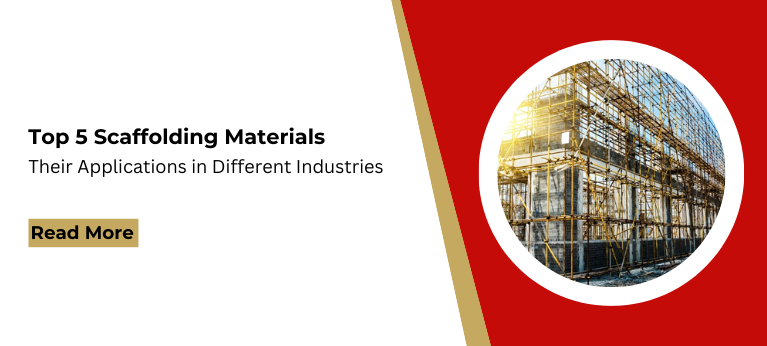The shuttering formwork is the temporary moulds into which the casting substance, usually concrete, is poured to produce the desired structural shape. Formwork is used in the construction industry to cast concrete members in various sizes and shapes using different materials, including wood, steel, aluminium, plastic, etc.
Concrete formwork shuttering is essential for new concrete constructions such as walls, slabs, beams, columns, and footings, among others. Depending on the type of structural member, different formworks have different requirements. When fresh concrete is poured into a structural element, shuttering formwork acts as a temporary mould to support the concrete until it has dried.
This contributes to the structural member having the necessary strength to support both its load and loads imposed by other components. There are different types of structural formwork or shuttering depending on the material used, how it will be used, and the type of structural components. Based on that, you can distinguish them. Though the formwork’s fundamental function does not change.
Shuttering Formwork Used In
Formworks are applied in the construction of reinforced concrete walls, columns, slabs, and foundations. In this blog, we are discussing places where shuttering formwork is used.
- Formworks used in foundation: Foundation formwork is also known as footing forms. The foundation is the first step in any concrete construction. A foundation can hold walls or columns. Therefore, the size and shape of the footing are designed based on the type of structural member. The size and shape of the formwork are so dependent on the type and dimensions of the footing. Many components are used in footing formwork. These components are wooden panels, wood pegs, spreaders, battens, plywood panels, wales etc.
- Formwork used in the construction of concrete columns: RCC or reinforced concrete column forms are sensitive to lateral pressure because of their small cross-section, high heights, and usually high rates of concrete placement. The formwork must therefore have tight joints and solid tie support. To prevent sheathing deflection as concrete column sizes grow, the stiffness of the formwork must be increased by either thickening the sheathing or by adding vertical stiffeners.
- Formwork uses in wall formation: Wall construction forms experience less lateral pressure than column forms due to their larger cross-sectional area. Panel sheathing, studs, braces, ties, and spreaders are components used in wall construction. Concrete is kept in position until it dries using panel sheathing to shape the wall. The purpose of the studs is to support the sheathing or wales by providing a structure that keeps the forms straight and supports the studs. Braces maintain the formwork upright and stop forms from deflecting under additional load. The sides of the forms can be held in place with ties and spreaders at the correct spacing.
- Formwork uses in floor formation: The type of formwork needed for reinforced concrete slabs depends on the slabs that will be constructed. The floor slabs may be structural slabs supported by a steel or concrete structural frame or slabs on grade. Different slab types require different formwork designs.
Shuttering is an essential element in the construction industry. There are many different kinds of shuttering formwork based on the materials, such as wood, plywood, steel, aluminium, and plastic forms. The greatest kind of shuttering is made of steel shuttering plates since they are watertight and strong enough to support the weight of cement and concrete. This shuttering can be utilized for any shape needed for the task, whether it be horizontal, vertical, or another. It provides a level surface with a pleasing appearance.


